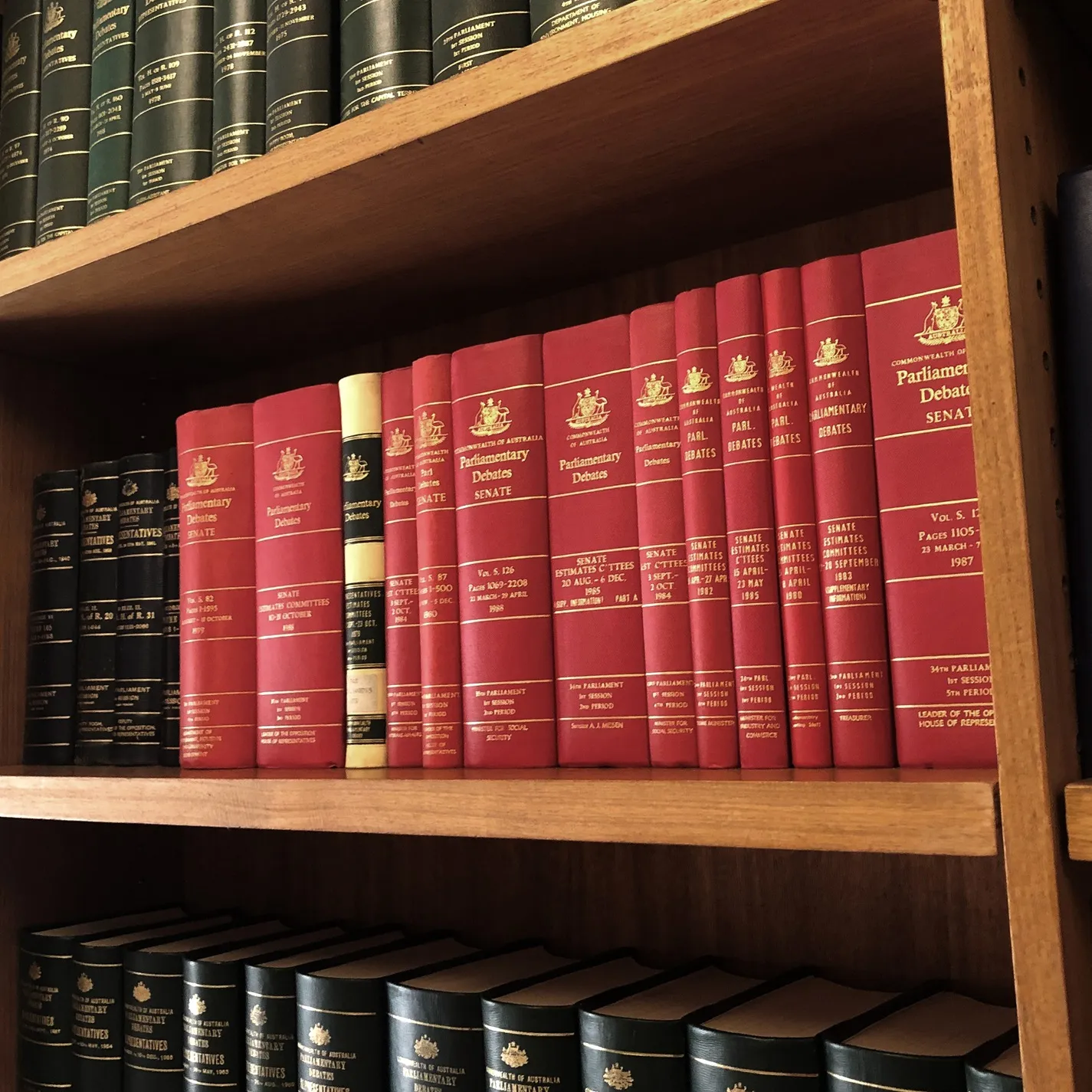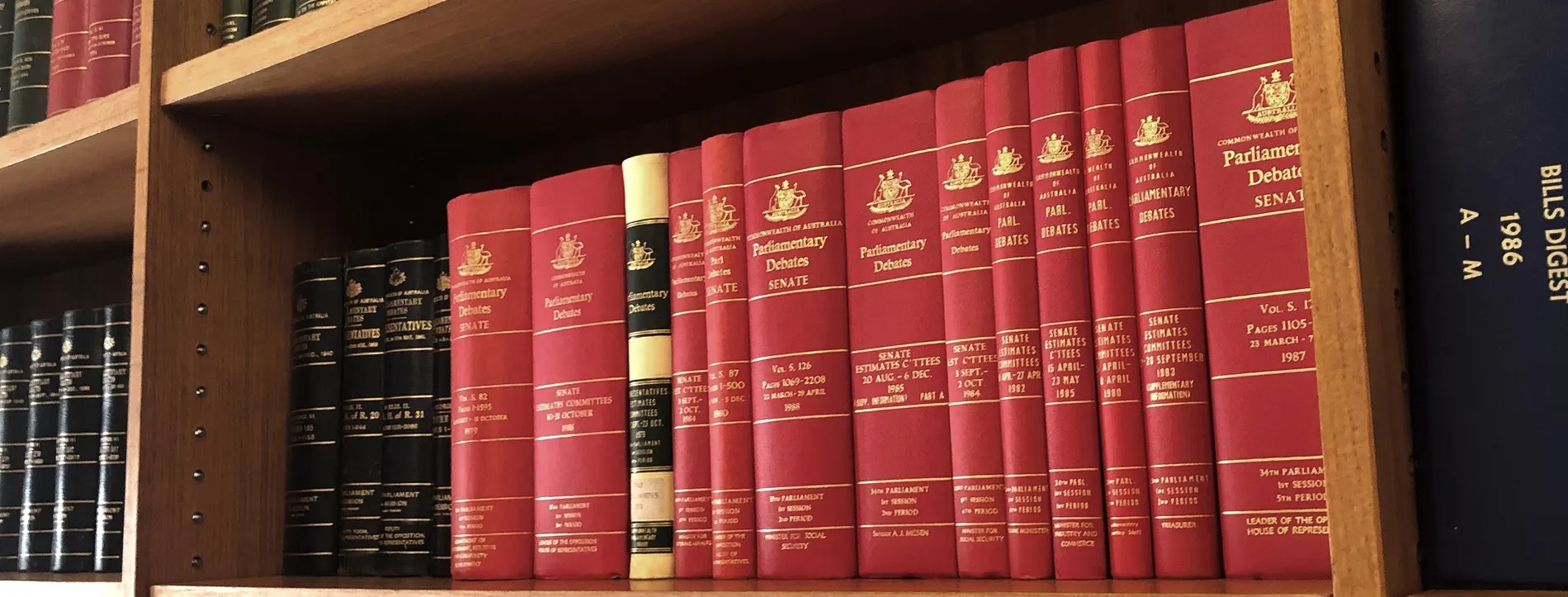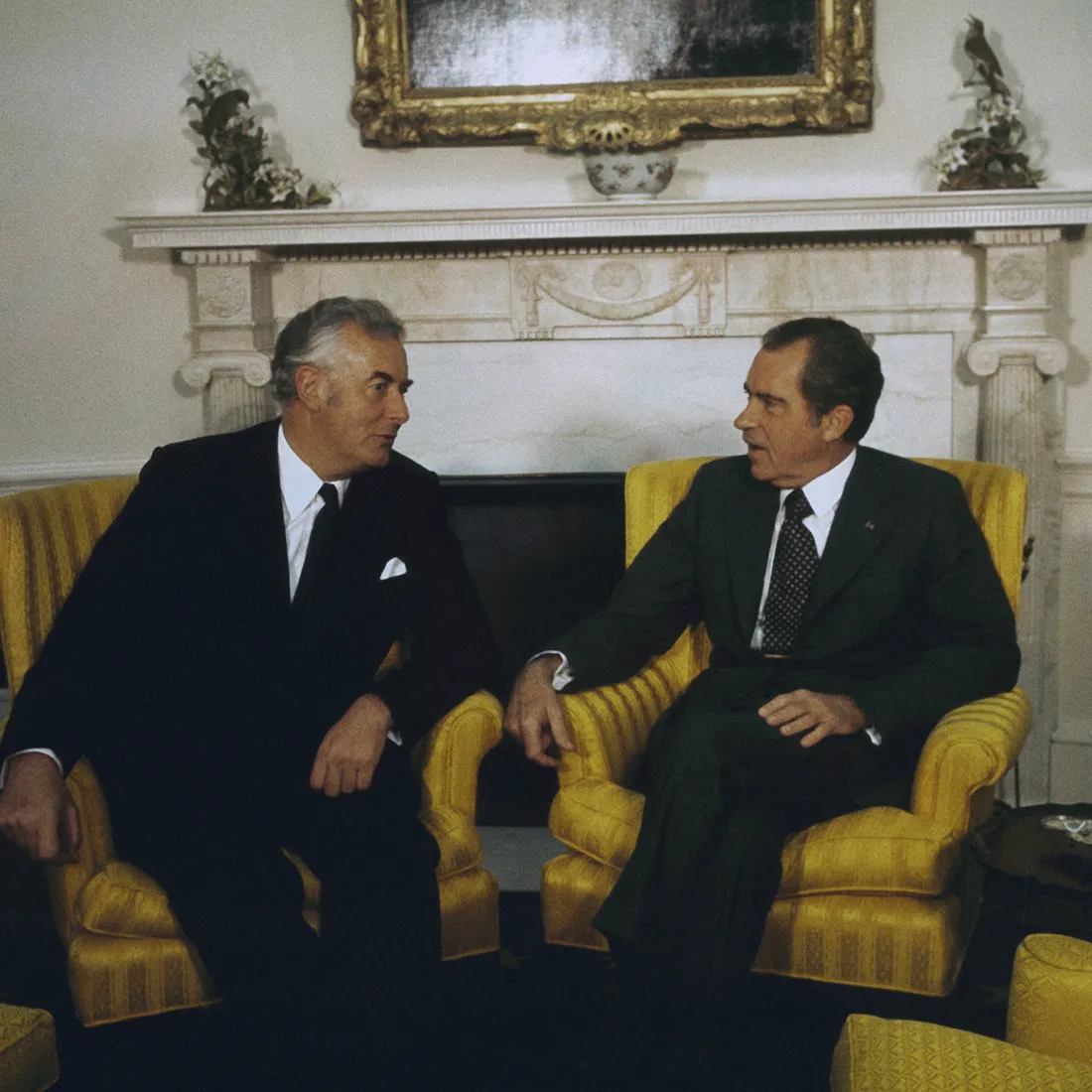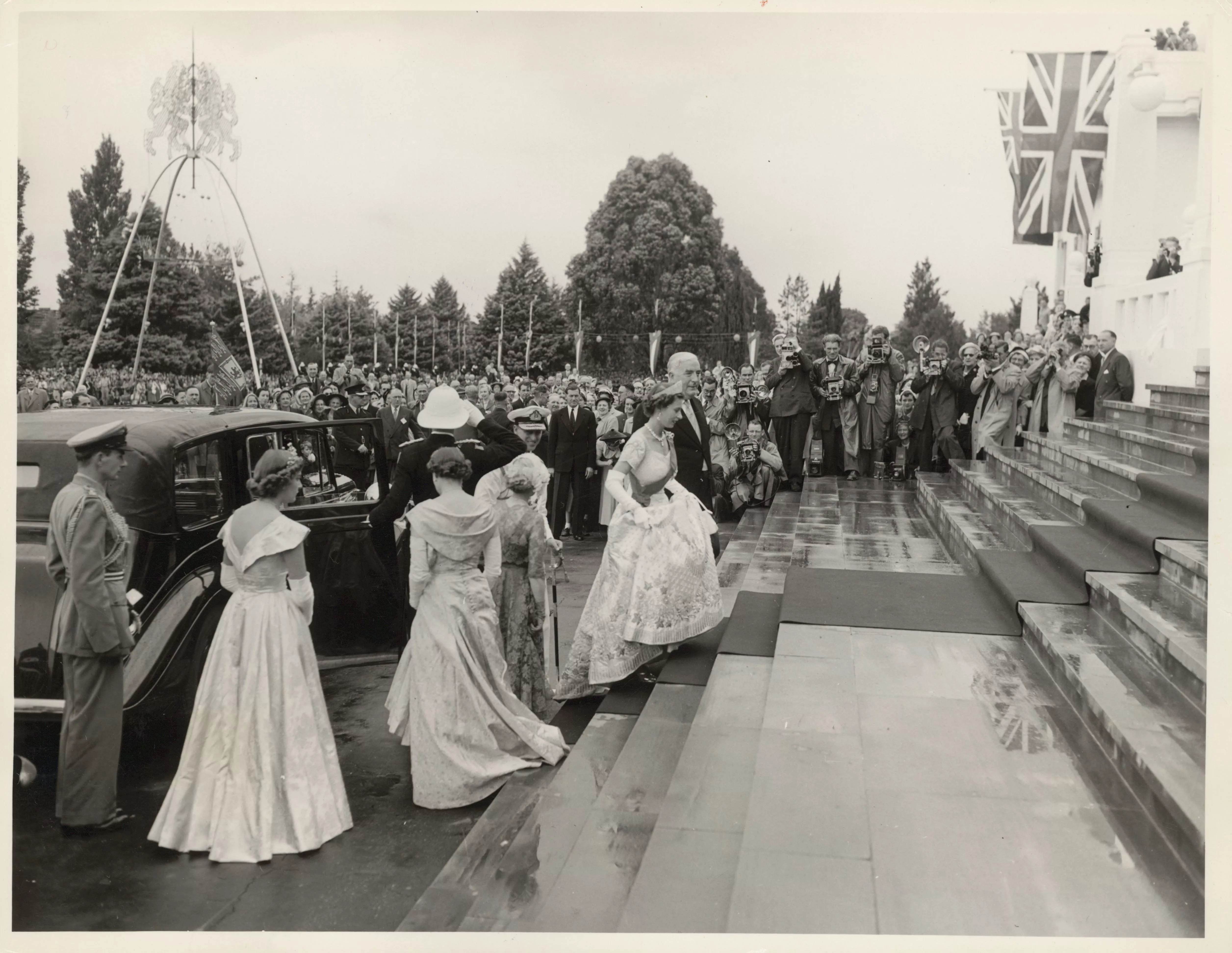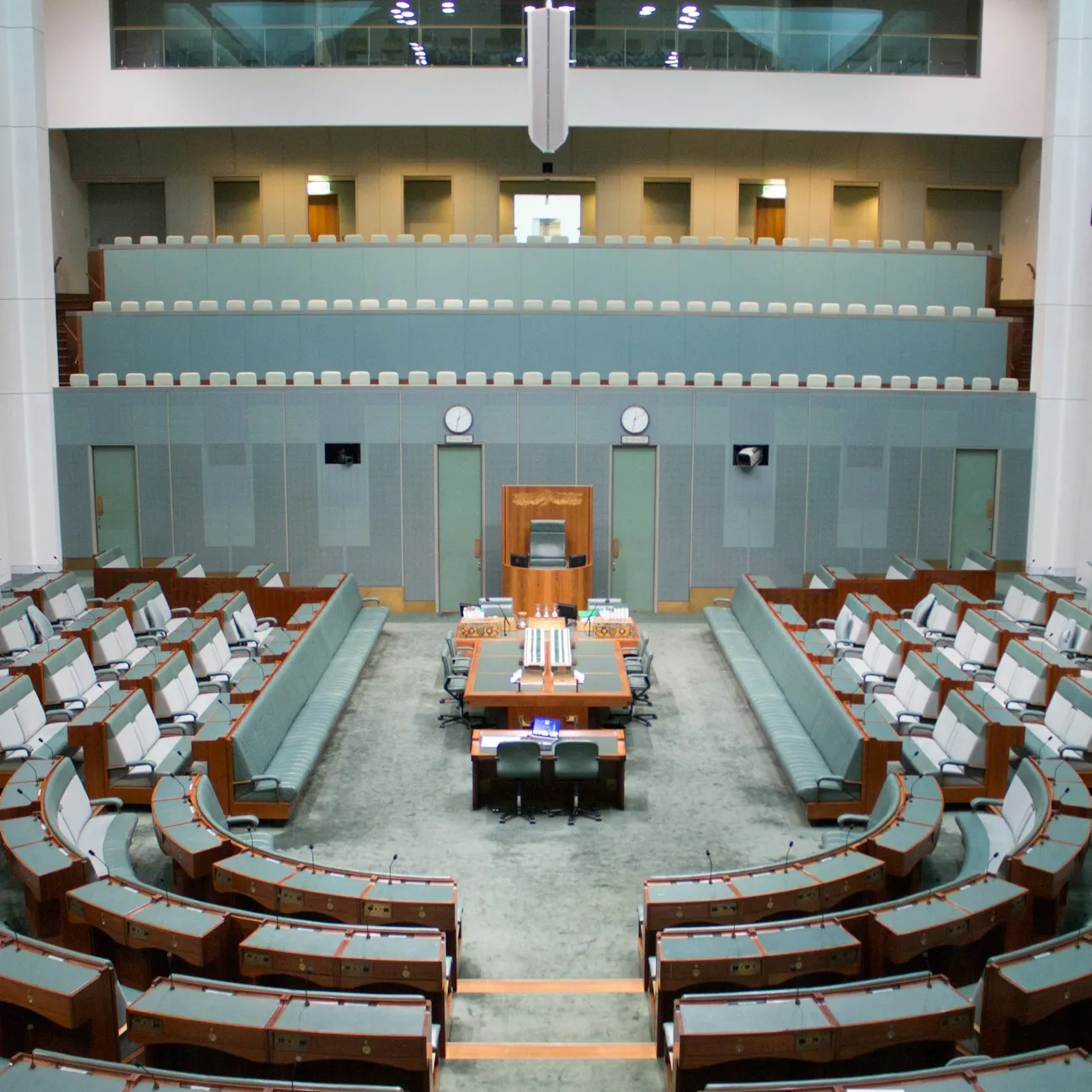Estimates committees: two words that strike fear in a public servant's heart
- DateMon, 19 Oct 2015
On television, we occasionally see ministers or heads of departments and other senior officials in the bureaucracy being grilled over the way they have spent – or plan to spend – government moneys.
So what is a Senate estimates committee, why are they called 'estimates' and what is the process?
The Parliamentary Education Office defines Senates estimates this way:
'Senate estimates hearings, also known as estimates committees or simply "estimates", allow senators to scrutinise (closely examine) how executive government is spending taxpayers' money. Senators focus on how government has spent this money and on the government's future spending plans. The hearings are called "estimates" because they examine what the government estimates it will collect and spend in the financial year (1 July to 30 June).'
Under our Westminster system of separation of powers, the executive government is responsible to the Parliament and cannot spend money without Parliament's approval. When a federal budget is released in May each year, the estimates committees meet to check the spending for each minister's portfolio (area of responsibility). The committee hearings are open to the public and usually televised. Sometimes problems with the administration of departments are revealed. This transparency is part and parcel of a democracy.
The 'estimates' hearings are held three times each year: shortly after the budget is released and then later in the year and early the following year. The two subsequent meetings are to follow up on how any areas of concern are being dealt with.
Each committee consists of eight senators, four from the government and three from the opposition and one minor party or Independent senator. Meetings are chaired by a government senator.
Estimates committees came into being on 11 June 1970 when the modern committee system with legislative and general purpose standing (ongoing) committees was introduced in the Senate. Prior to that, there were very few committees and they were limited in their role. An exception is the Regulations and Ordinances Committee of 1932, which allowed for legislative scrutiny.
The entire committee system is essential to ensuring government accountability to the Parliament. There are four types of committee: standing committees (permanent and on-going for portfolios such as 'Foreign Affairs, Defence and Trade' and 'Rural Affairs and Transport'), select committees (temporarily set up to deal with particular issues, such as 'Australia's Food Processing Sector'), domestic committees (which are responsible for the administration of the Senate's affairs such as 'Appropriations and Staffing' and 'Selection of Bills') and legislative scrutiny committees ('Regulations and Ordinances' and 'Scrutiny of Bills').
Of 19 committees, eight are standing committees. Senate standing committees usually conduct eight days of hearings around budget estimates each year.

